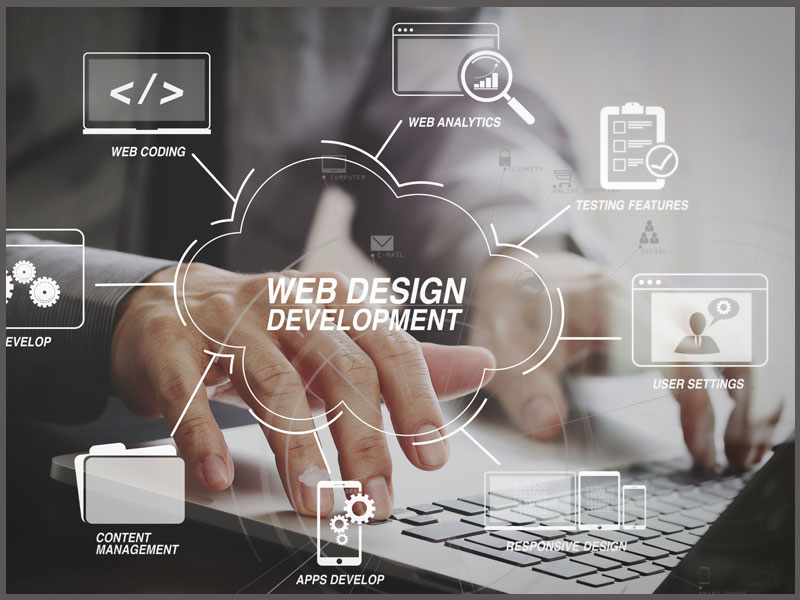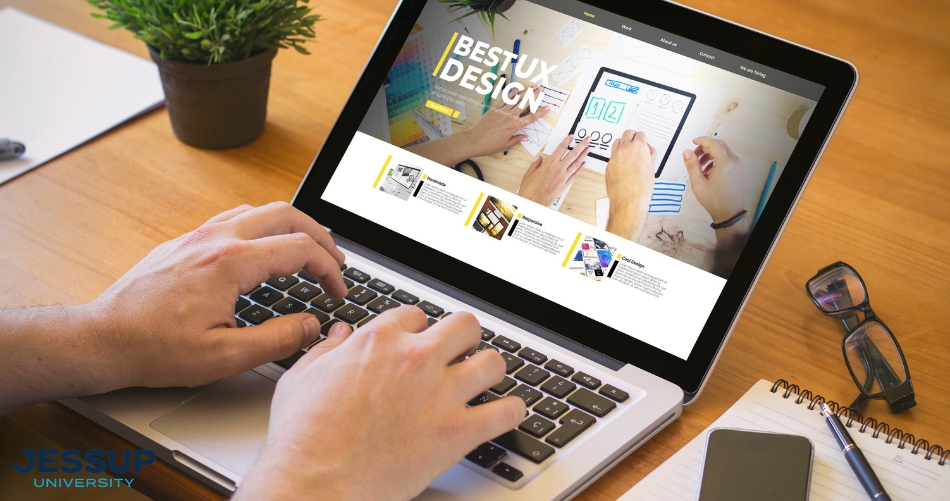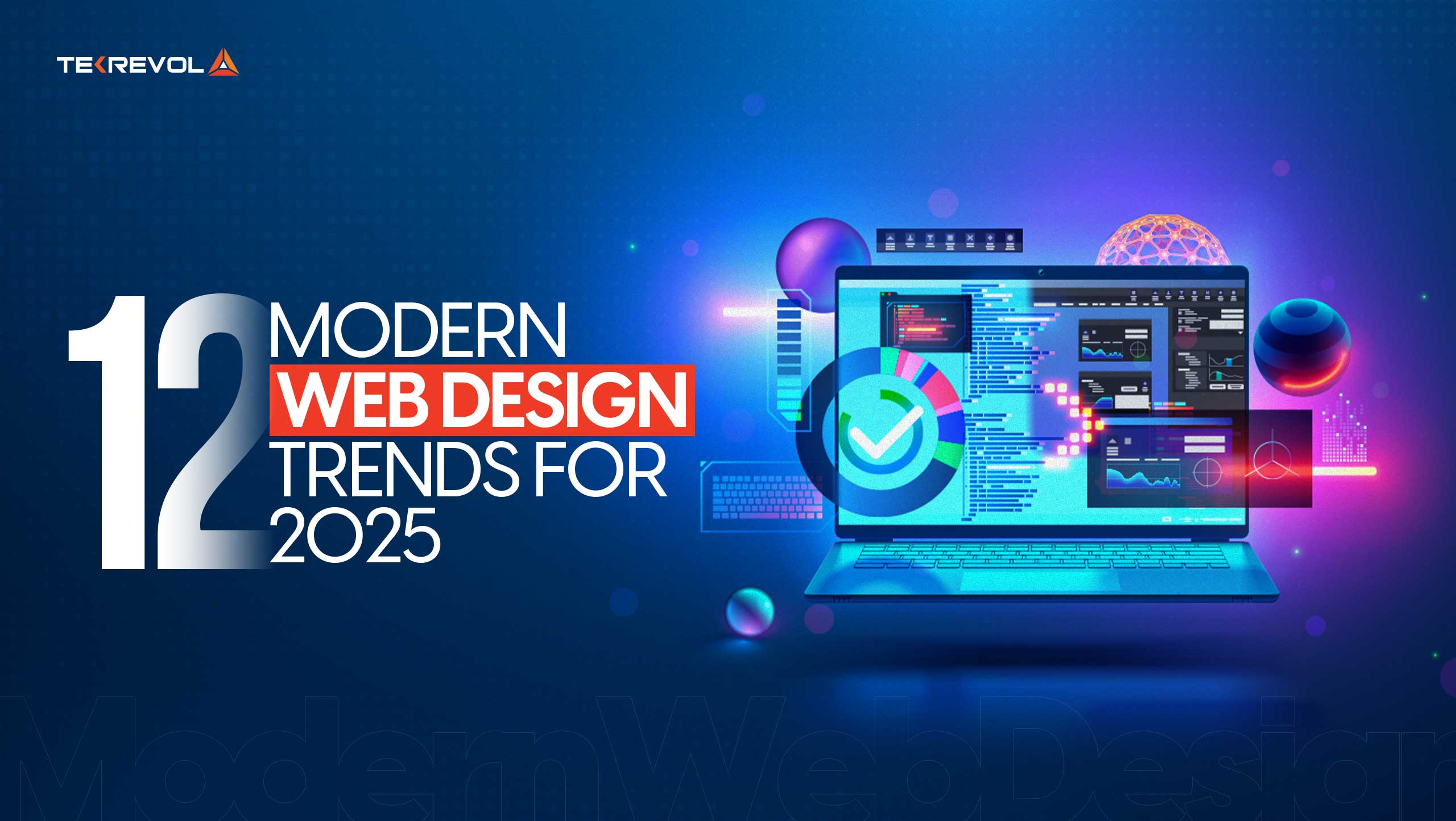Aligned Position Web Design: Boost Your Brand’s Visibility with a Stunning Website
The Best Types of Web Style to Boost Individual Experience and Involvement
In the ever-evolving landscape of electronic communication, the performance of Web layout considerably affects individual experience and interaction. Different style strategies, such as minimal, receptive, and interactive formats, each deal one-of-a-kind benefits that can provide to varied customer requirements.
Minimal Website Design
As digital landscapes become increasingly cluttered, minimal Web style has become a powerful approach to boosting customer experience. This style approach prioritizes simplicity, concentrating on essential components while removing unneeded distractions. By utilizing ample white area, simple navigation, and a minimal shade combination, minimalist design cultivates quality and directs customer focus to crucial material.
The core principle of minimal Web style is to develop a seamless communication for customers. By minimizing cognitive tons, individuals can quickly grasp details without feeling overwhelmed. This straight approach not only enhances usability yet likewise encourages interaction, as visitors are more probable to explore a website that is visually enticing and simple to navigate.
Furthermore, minimal design commonly stresses typography and imagery, using these components strategically to communicate messages successfully. In significance, minimal Web design is not simply a fad; it is a thoughtful technique that identifies the relevance of user-centered layout.
Receptive Web Design
In today's varied electronic environment, receptive website design has actually become important for producing a seamless individual experience throughout a multitude of tools. As individuals access internet sites on smartphones, tablet computers, laptop computers, and desktop computers, the capacity of an internet site to adjust its design and content to various display dimensions and resolutions is important.
Receptive website design uses adaptable grids, images, and CSS media questions to make sure that Web content is offered efficiently, no matter of the tool used. This technique not just enhances the aesthetic charm of a website however likewise considerably improves usability. Customers are more probable to engage with a site that uses a consistent experience, as it gets rid of the irritation of having to zoom in or scroll excessively.
By taking on receptive layout, companies can boost their visibility and get to a wider target market. In summary, receptive Web style is a basic method that improves user experience, involvement, and general complete satisfaction.
Interactive Website Design
Responsive Web layout lays the foundation for enhancing customer experience, yet interactive website design takes this a step further by involving customers in a more vibrant way - Aligned Position Web Design. By incorporating components such as computer animations, clickable prototypes, and real-time responses, interactive Web style captivates customers, attracting them right into a richer surfing experience
This technique not only fosters involvement but also urges individuals to check out material proactively rather than passively eating it. Methods such as gamification, where individuals earn incentives for completing tasks, can considerably boost the time spent on a site and enhance total complete satisfaction. Interactive attributes can streamline intricate info, making it a lot more delightful and absorbable.

Integrating interactive design elements can likewise result in higher conversion prices, as individuals are more probable to engage with a website that actively entails them. Aligned Position Web Design. Inevitably, interactive website design changes individual experiences right into unforgettable journeys, making certain that visitors return time and again
Apartment Layout
Characterized by its minimalistic technique, level layout highlights simpleness and functionality, removing unnecessary aspects and concentrating on vital attributes. This design philosophy prioritizes usability, guaranteeing that customers can browse user interfaces effortlessly and effectiveness. By using a tidy visual, level layout removes the mess usually located in more ornate designs, therefore boosting customer emphasis on content and functionality.
The characteristic of flat style lies in its her response use strong page shades, straightforward typography, and geometric forms. These components add to a visually appealing interface that is both modern-day and friendly. Additionally, level layout promotes a sense of clarity, permitting individuals to discern vital actions and details without disturbance.
In addition, flat design is specifically reliable in responsive website design, as its simplicity converts well across various gadgets and screen dimensions. The absence of detailed structures and gradients decreases packing times, which is vital for maintaining customer interaction. As electronic landscapes remain to evolve, flat layout stays a pertinent option for developing easy to use internet sites that improve total experience. By focusing on essential functions, level design not just meets individual demands but additionally urges seamless communication, making it a crucial part of effective website design methods.
Adaptive Website Design
Flexible Web layout customizes the user experience by producing numerous repaired designs tailored to different screen sizes and devices. Unlike responsive design, which fluidly adjusts a single design, flexible style utilizes unique designs for certain breakpoints, making certain optimal presentation on various systems. This approach permits developers to concentrate on the distinct features of each tool, improving functionality by delivering specifically what individuals require based upon their context.
Among the main benefits of flexible website design is its ability to maximize tons times and efficiency. By serving tailored web content and pictures that fit the user's tool, internet sites can decrease information usage and boost loading rates. This is especially advantageous for users with slower links or restricted data strategies.

Furthermore, adaptive style helps with a more consistent and regulated branding experience. Given that developers produce multiple formats, they can make certain that the visual elements align read the full info here with the brand name's identity across various systems - Aligned Position Web Design. This leads to a cohesive user experience, boosting interaction and promoting user retention
Conclusion
Finally, the assimilation of minimalist, receptive, and interactive website design concepts considerably enhances customer experience and engagement. Minimal style cultivates clearness and focus, while receptive design makes certain versatility throughout different tools, promoting ease of access. Interactive layout mesmerizes users via dynamic components, motivating expedition and personalization. Jointly, these style comes close to contribute to the production of easy to use settings that not only enhance satisfaction however additionally drive higher conversion rates, underscoring their essential significance in contemporary website design strategies.

Minimalist design fosters clearness and focus, while responsive style makes sure versatility throughout different gadgets, advertising ease of access. Jointly, these style approaches contribute to the creation of user-friendly environments that not just boost satisfaction but additionally drive greater conversion prices, highlighting their important significance in contemporary Web layout approaches.